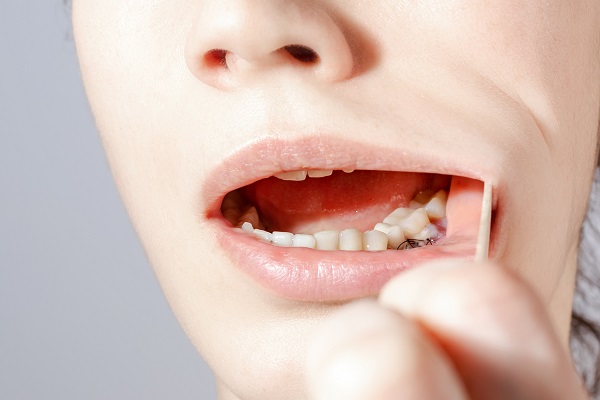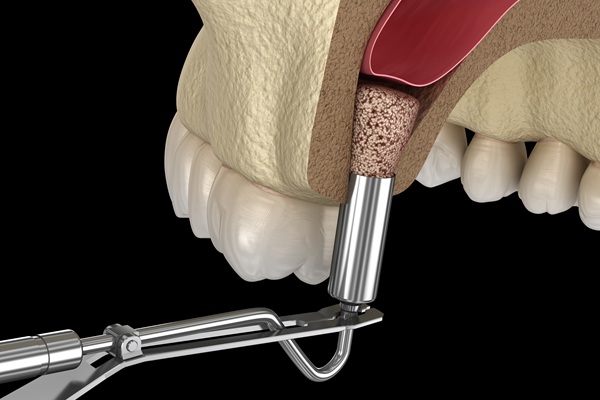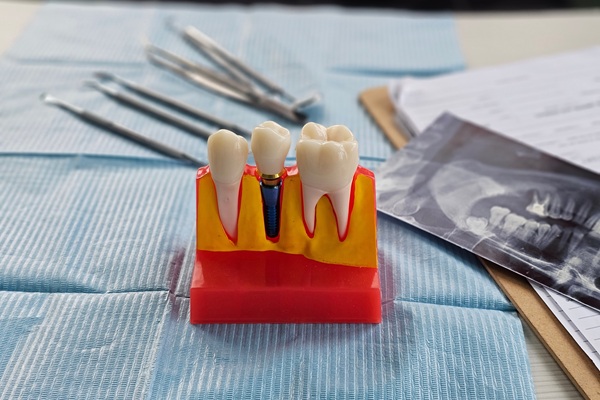How Do I Know if I Need Gum Grafting?

Gum grafting refers to procedures performed in order to replace missing soft tissues in the oral cavity. The soft tissues, also known as the gums, play a huge role in the function of the teeth. Without the gums, the teeth cannot properly perform. Additionally, the teeth become exposed when the gums are in bad shape.
Because of the big role that the gums play, it is essential that they are in good health at all times. However, poor oral hygiene and bad genetics often dictate otherwise. Continue reading to learn when to get gum grafting done.
When to get gum grafting
The following information highlights when to get a gum grafting procedure. Review this when trying to decide what type of dental attention to undergo.
Receded gums
Wondering if you need gum grafting? Individuals that have receded gums will need a grafting procedure in order to combat the problem and restore the lost tissue. When the gums are receded, they become at risk of developing infections or injuries. Additionally, the teeth become at risk because they are not as protected as they need to be in order to function healthily and normally.
A good way to tell if you need gum grafting is to compare photos from a few years apart. If the teeth appear longer in the most recent photo then it is likely that the gums are beginning to pull back, which means a graft is likely necessary.
Why do the gums recede?
The gums recede for a couple of reasons. The most common reason is periodontal disease, which is the most extreme level of an infection in the gums. When the gums become infected, usually a cleaning or oral rinse can address it. However, if the infection grows, spreads, and manifests beneath the soft tissues, the result can be longer teeth and shorter, thinner gums. The process of receding does take time; however, it is gradual, which means it may be difficult to detect at home.
Another reason that the gums recede is due to old age. A lot of individuals that reach the elderly stage will experience receding. Oftentimes, the cause is simply old age. However, there are other uncontrollable reasons, such as genetics. Unfortunately, some individuals are given gums that appear to be receded.
Regardless of why the gums recede, the result is typically grafting. Gum grafting will replace the soft tissues and restore the overall health of the oral cavity.
Other things to know
It is important to know that everyone's situation varies based on the individual. Some will require multiple rounds of gum grafting in order to achieve the desired results.
Find out more
Individuals who struggle with receded gums should consult with a dental professional to undergo a consultation. The consultation allows for an evaluation of the oral cavity to be done. The evaluation will highlight what areas require attention, such as the soft tissues. From there, the dental professional can determine what type of attention is needed. To learn more about gum grafting and when it is required, reach out today.
Request an appointment here: http://www.periodontistboca.com or call Thomas A. Copulos DDS, PA at (561) 763-1066 for an appointment in our Boca Raton office.
Check out what others are saying about our services on Yelp: Read our Yelp reviews.
Recent Posts
An oral surgeon might recommend the sinus lift procedure if your jawbone needs to be built up so it can hold dental implants. Also known as a sinus bone graft, the treatment is used to build bone tissues in the upper jaw. Oral surgeons or periodontists typically perform the procedure. Patients need to be fully…
Many patients with missing teeth find themselves looking at implants as a solution. Dental implants have become a popular tooth replacement option in recent years that offers numerous benefits for a patient's oral health. Different types of prostheses are used with implants for different severities of tooth loss.Implants are nowadays one of the most common…
More and more people are turning to implant supported dentures for full and partial tooth replacement. This option's continued rise in popularity is due to its impressive success rate and other key benefits. If you are exploring your tooth replacement options, there are unique advantages to choosing implant supported dentures.As the name suggests, implant supported…
Dental implants are an increasingly popular choice for individuals with missing or damaged teeth. They offer a variety of benefits over traditional dentures or bridges. However, they can also come with challenges, and not everyone will benefit from the procedure. This article will explore the pros and cons of dental implants to help you make…


